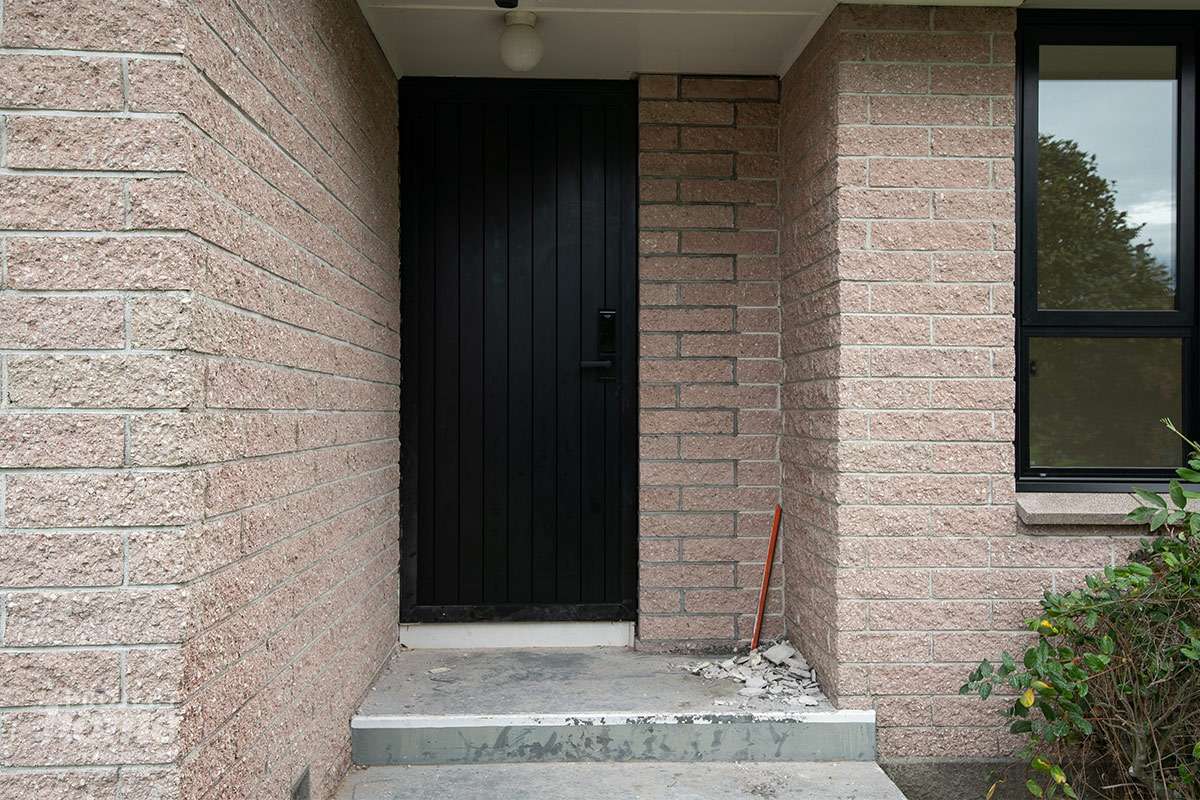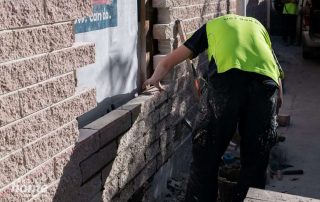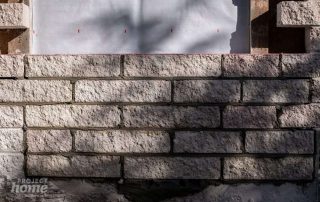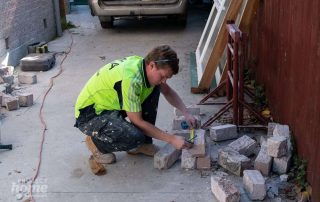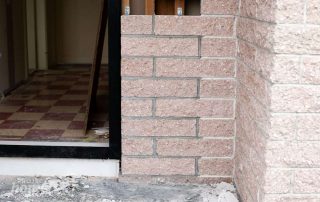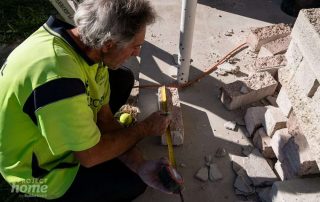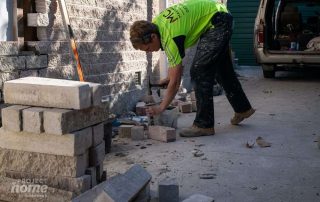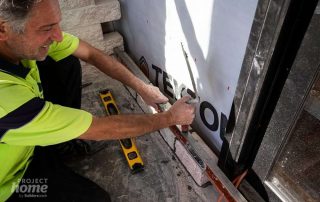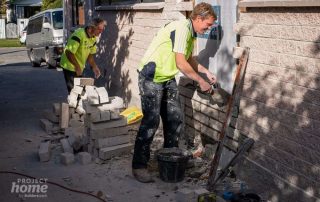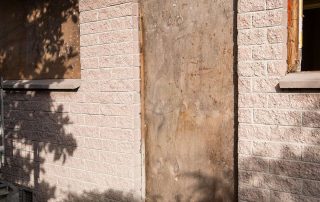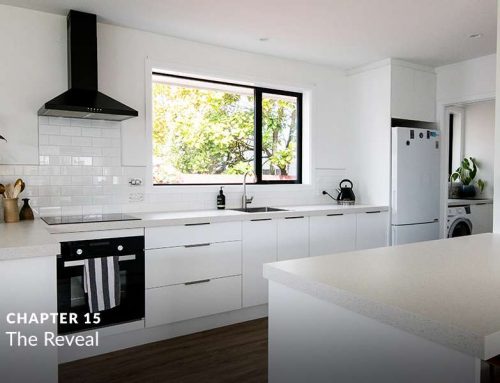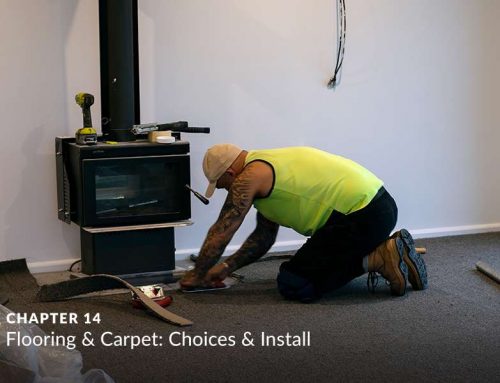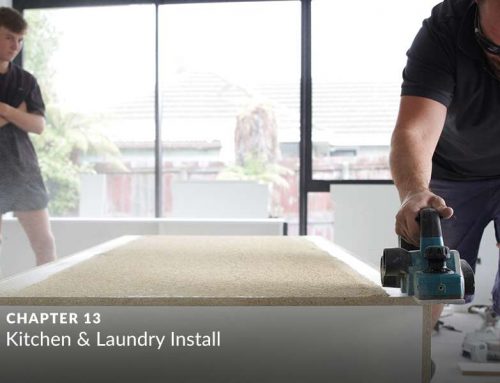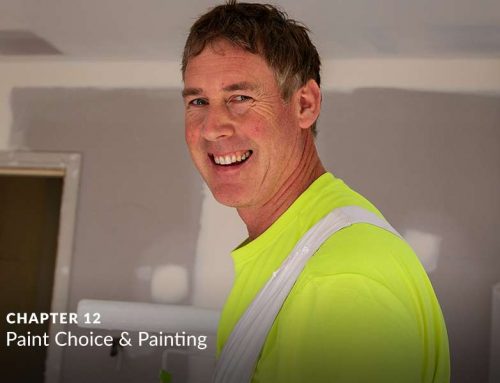In this series, we follow a Christchurch couple in their bid to turn their 1960’s fixer-upper, from a retro rental to a modern home.
If you’ve ever considered buying an older home but have lacked the confidence to tackle something totally outdated, this guide is for you. It’s a whole lot of fun, and not as hard (or anywhere near as risky) as you might imagine.
In the previous chapter, Jeremy and Alana had their aluminium double glazing installed, including two triple stack sliding doors.
With the new joinery done and the building work winding down, it was time to move on to the brickwork. With various reconfigurations made to create a better use of space, two external doors needed bricking up, two sills for the new ranch sliders needed laying, and the main front door opening needed widening slightly.
The new brickwork would need to be “toothed” into the old, creating more or less seamless junctions on the exterior.
What inspired you to reconfigure your external entrances?
Early on in chapter 2 “Visions and Decisions”, Jeremy and Alana shared their sketches that outlined their renovation. We delve into detail about the external entrances; how they knew what would be possible, and how the various trades worked together to achieve their vision.

How did you learn what would be possible regarding the brickwork?
With the work more or less scoped out, Jeremy and Alana at this stage didn’t know a lot about bricklaying. They didn’t even know if it was possible!

Who undertook the work? Why did you go with them?
With the work confirmed as possible by their builder, it was time to post their job requirements on Builderscrack, and find the right bricklayer to undertake the work.

How did the bricklayers approach the work?
With the dates locked in and the critical related building work completed, it was time to get on with the bricklaying. We discuss the approach and how the work progressed.
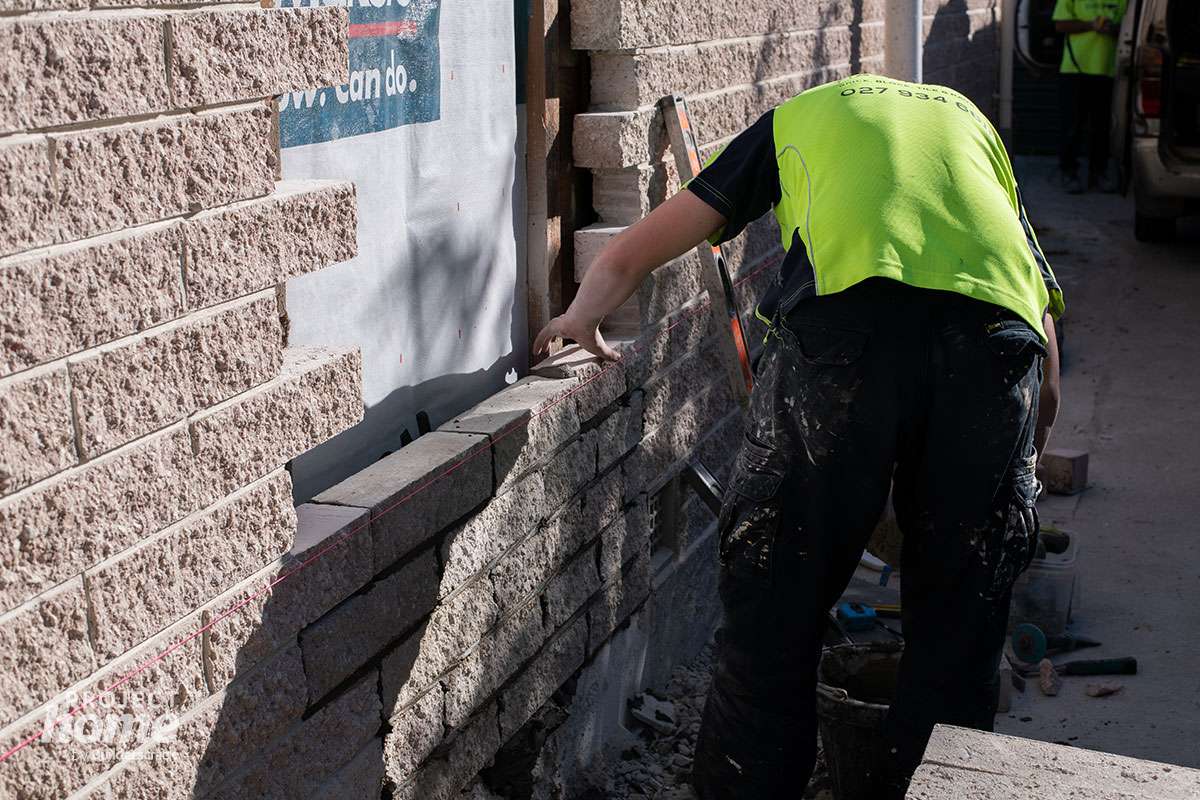


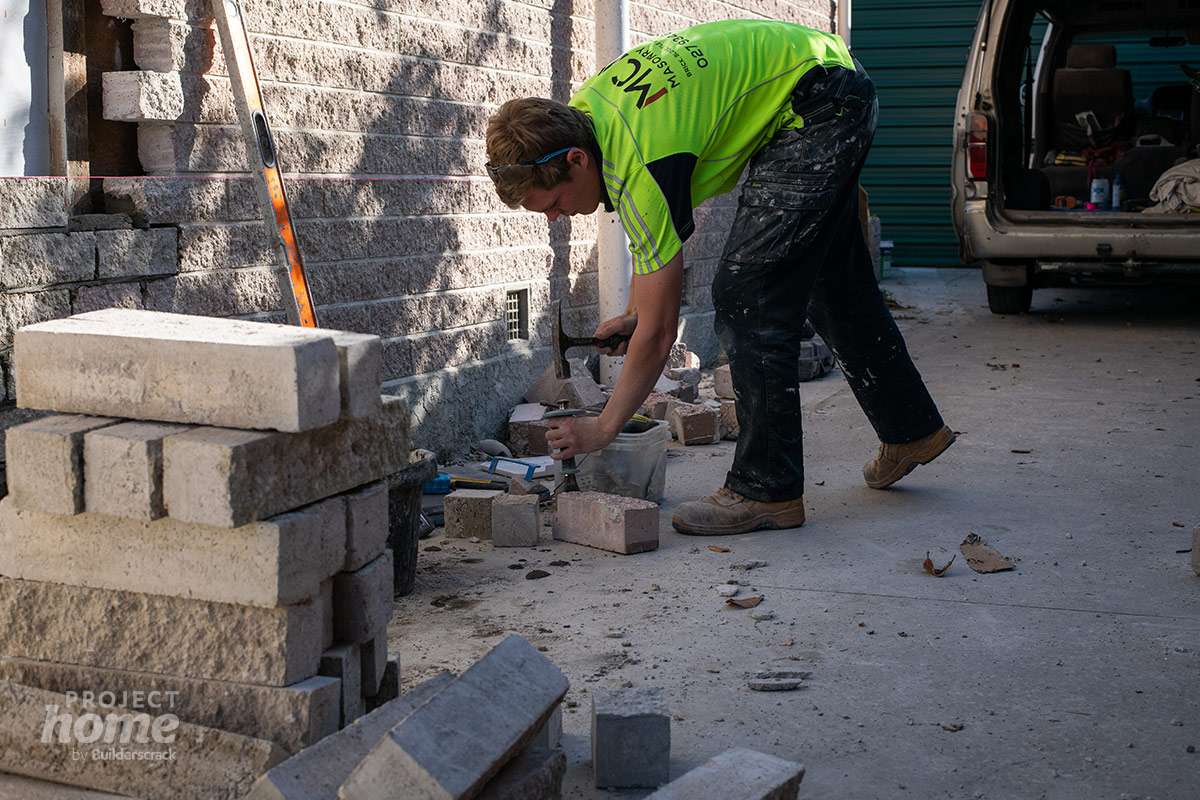

Were you happy with the result?
With the brickwork done, and the exterior of their home weathertight again, we check in to find out how well the new brickwork fitted with the old.
